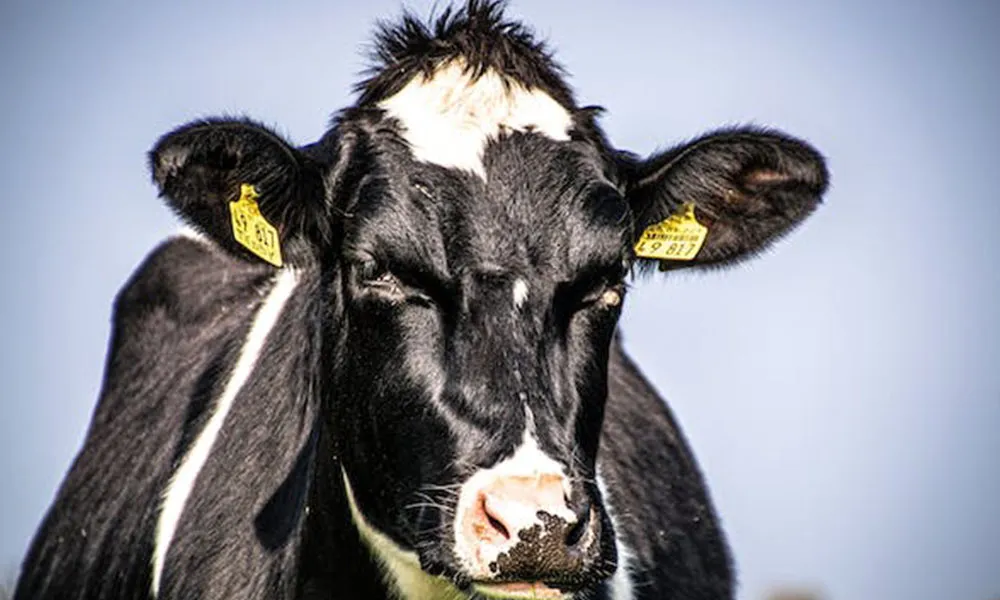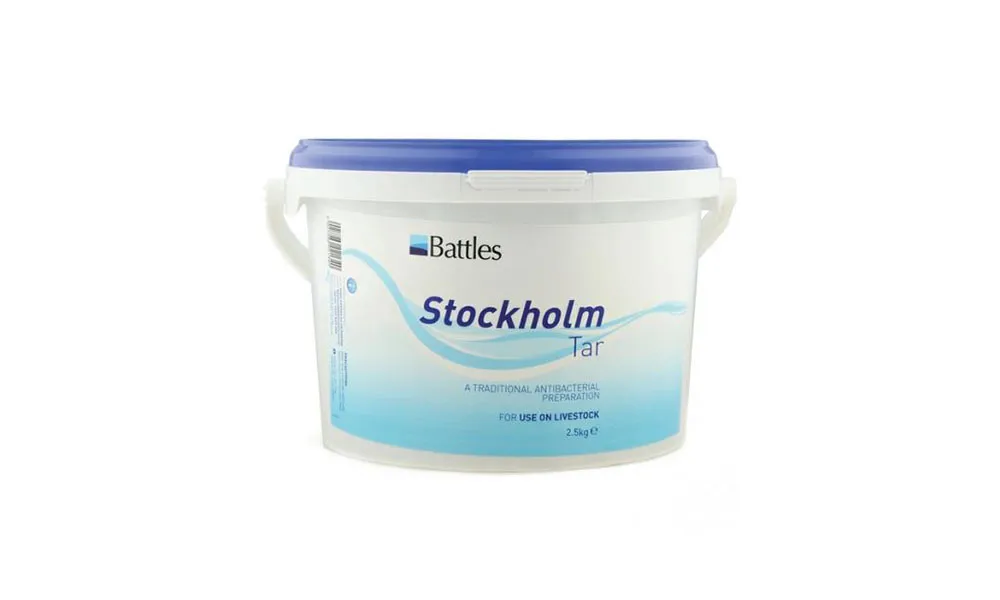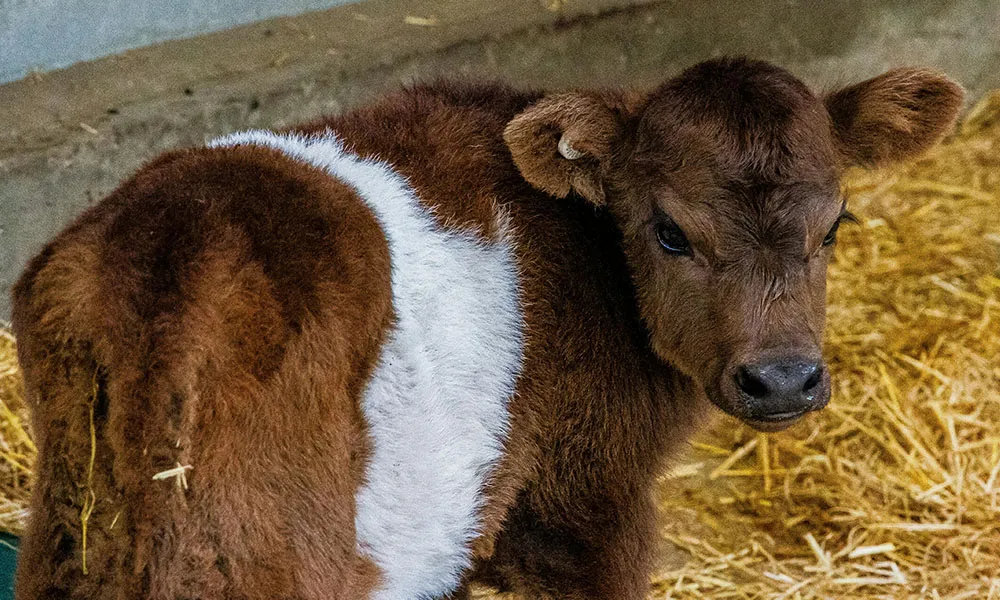
Revenue Loss and Summer Mastitis
Summer mastitis is a scourge affecting cows on both dairy and beef systems, and is most common during the late summer and early autumn. August and September are often regarded as the peak months for infection on farms, but cases of mastitis also occur in June and July.
It need scarcely be said that this condition results in significant revenue loss on farms, since the affected cow will often lose the infected quarter. Therefore, it is important that we as farmers do everything we can to prevent frequent occurrence of this ailment in the herd.
Causes of Summer Mastitis
Summer mastitis is typically associated with dry cows (and sometimes heifers). It tends to occur in the warm, humid conditions that allow flies to proliferate on pastureland. The disease is caused by a number of bacteria that take root and proliferate in the affected quarter. These bacteria are believed to be spread by flying insects such as the sheep headfly. This means that any attempt to manage summer mastitis must include insect repellent.
Symptoms of Summer Mastitis
Summer Mastitis is characterized by swelling and infection in the affected teat/quarter. The affected quarter may exhibit a foul-smelling yellow discharge.
Irritation of the udder may cause the cow to become agitated, and you may notice her kicking frequently to displace flies from the area. If the infection is severe enough, the cow may remain at a distance from the rest of the herd and/or exhibit signs of discomfort while walking around the field. Apparent stiffness of the hind legs is a common symptom.
Cows suffering from summer mastitis may also have a high temperature, as the animal’s body tries to fight off the infection.
Prevention and Management of Summer Mastitis
The use of suitable pour-ons is arguably the most effective way to prevent summer mastitis in the herd. Pour-ons are usually applied on the animal’s back. Where summer conditions are relatively dry and cool, pour-ons should be applied every month for the duration of the season. However, if weather conditions are amenable to the proliferation of insect life, pour-ons should be used more frequently. Where there is an abundance of insect life on pastureland, pour-on solutions may be used as often as every fortnight. However, it is important that you read the manufacturer’s instructions clearly before purchasing and using a pour-on. Some pour-ons have lengthy withdrawal periods for meat, while others are not suitable for use in dairy systems. You should only choose products that are suitable for your farm.
The application of Stockholm Tar to the teats of dry cows is also an effective approach to preventing the onset of summer mastitis. Stockholm Tar is an excellent sealant, and will prevent fly-borne bacteria from entering any of the animal’s quarters. However, Stockholm Tar does not remain in place for long, and must be applied regularly to be effective.
You should also consider keeping cows off pastureland that is heavily shaded with trees. Remember that flies tend to proliferate in shaded areas during warm weather, so you should try to keep cows away from these areas during the mastitis season.
Cracked or damaged teats need to be managed carefully. The application of a suitable fly-repellent will help to protect vulnerable teats from flies and subsequent infection.
If your animal exhibits any of the symptoms of summer mastitis in spite of preventative measures, you should contact your vet immediately for advice and assistance.











